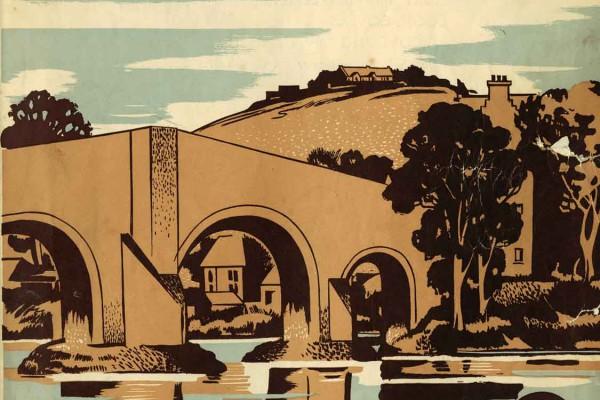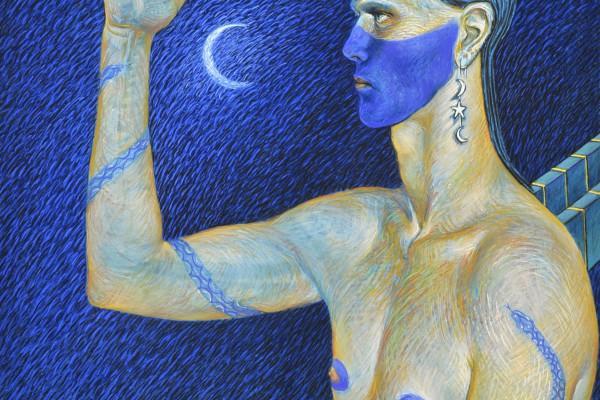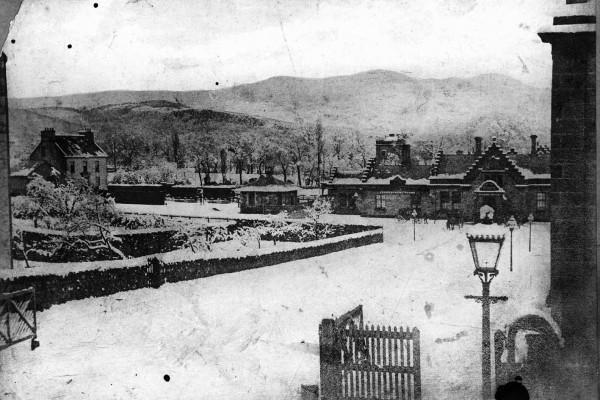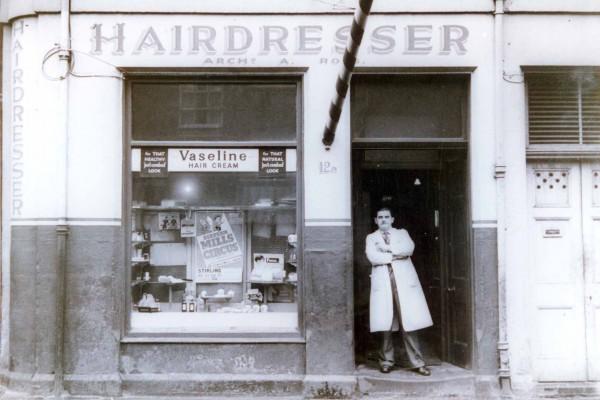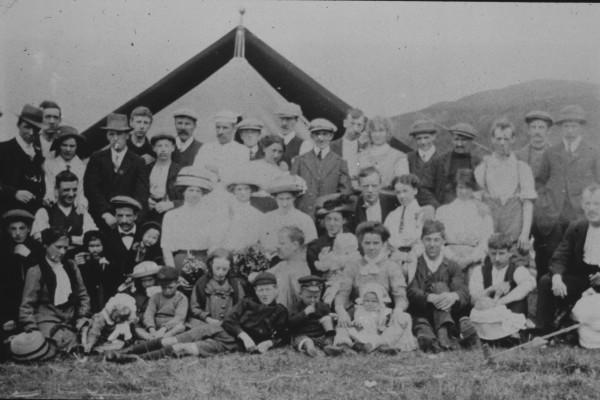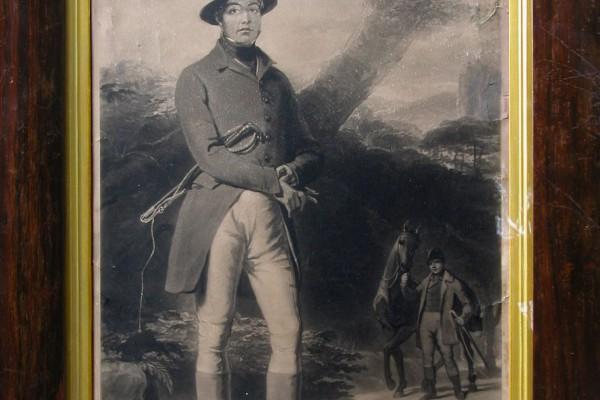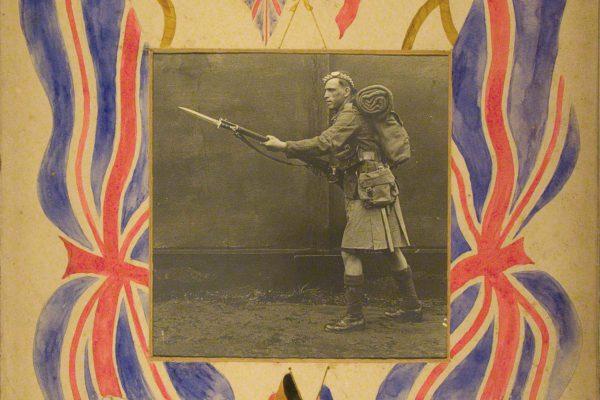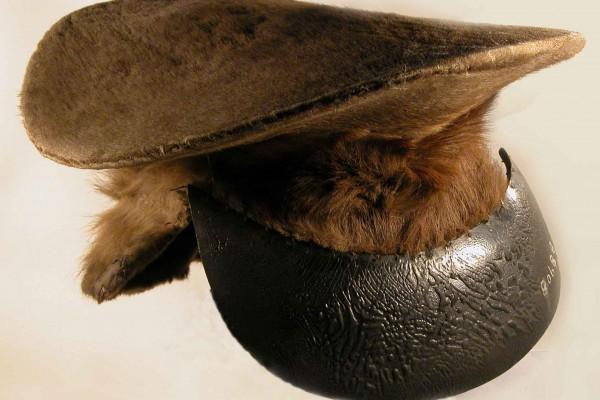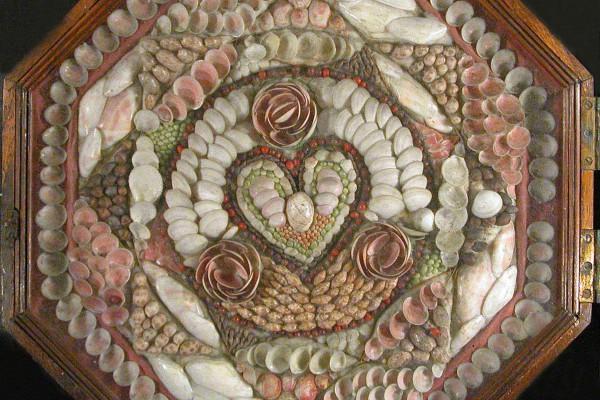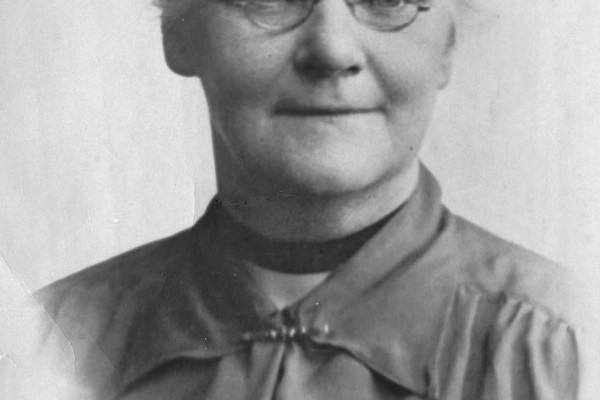Stirling Observer Christmas
The Stirling Observer Christmas Numbers are now the history journals of their times. This issue for 25 December 1949 is a recent gift to the Stirling Smith by Finlay Lumsden of Deanston, and is a window into the world of Stirling, 65 years ago. The cover is by Sandford Morley
A Traveller’s Dreams, June Carey
The June Carey exhibition continues at the Stirling Smith until 10 January. Born, raised and still resident in Stirling, June Carey is a Scottish artist with and international reputation. The Smith has purchased this work in pastel from the exhibition, with the support of the Stirling Common Good Fund. The
Celebrating the 100th Anniversary of Stirling Railway Station
The railway came to Stirling through an Act of Parliament of 1845, bringing trade and tourism in a big way, and altering Stirling’s outlook and travelling habits. The advent of the railway saw the end of cattle droving; within 50 years, the great trysts of Doune and Falkirk had ceased,
Hairdressing in Stirling
Today’s story shows a Stirling Hairdresser of an earlier era. The salon of Archibald A. Ross was at 12A Upper Craigs (at present, The Trophy Centre) from 1930-1961. This photograph of the late 1950s, shows his son Archibald B.E. Ross, at the shop doorway. The window has a good range
Carbeth Hutters
The story of the Carbeth Hutters is a special one in Stirling district, and unique in Britain. It started as one of the activities of the Clarion Scouts, a socialist movement which aimed to give working people from the city a taste of the countryside. Land owner Allan Barns Graham
William Ramsay of Barnton (1809-1850)
This is a print of an engraving made by Thomas Lupton in 1845 showing the dashing figure of William Ramsay of Barnton MP, skilled horseman, landowner and Conservative politician who gave his name to Barnton Street, Stirling. When Ramsay was still an infant, his father died, making him ‘the richest
Private William Rourke
Since the peace treaty was signed on Armistice Day, 11 November 1918 we have remembered the dead of the Great War, 1914-1919, every November since. Private William Rourke of Caledonia Terrace, St Ninians was one of thousands of young men in Stirling who answered the call to fight against Germany
Body snatcher William Burke’s Cap and Skin
Last week, Stirling Ghost Walk man David Kinnaird introduced Hallowe’en visitors to the more gruesome aspects of the Stirling Smith’s collection. These include the deerskin and leather cap worn by the notorious body snatcher and murderer William Burke (1792 – 1829), who with his accomplice Hare committed at least
Sailor’s Valentine, Black History Month
This is a very good example of a sailor’s valentine of the 1850s in the Stirling Smith collections. It is currently one of the objects highlighted for Black History Month. Sailor’s valentines were made from tiny sea shells arranged in interesting patterns and encased in octagonal glazed boxes. Tradition has
Annie Croall, Founder of the Stirling’s Children’s Home
Founder of the Stirling’s Children’s Home, Annie Knight Croall (1854-1927) is one of the unsung heroines of Scottish history. She was the daughter of the first curator of the Smith Institute, and came from Leeds to Stirling at the age of 19. A deeply spiritual person, her work for neglected
Search the blog
Recent Posts
- Re-Presenting Mary Queen of Scots
- Casket believed to have belonged to Mary, Queen of Scots to come to the Stirling Smith
- Stirling Smith wins Visitor Attraction of the Year at Stirling Business Awards 2024
- Significant Stirling Smith Artworks on Display at The Royal Academy
- Easy Tiger finds Permanent Home at Stirling Smith
Blog Categories
- Blog Post (253)
- Collections (203)
- Events (37)
- Exhibitions (64)
- Intern Reports (3)
- Intern Reports (1)
- Press Releases (5)
- Stirling Stories (260)
- Uncategorized (7)
- Volunteering (8)

